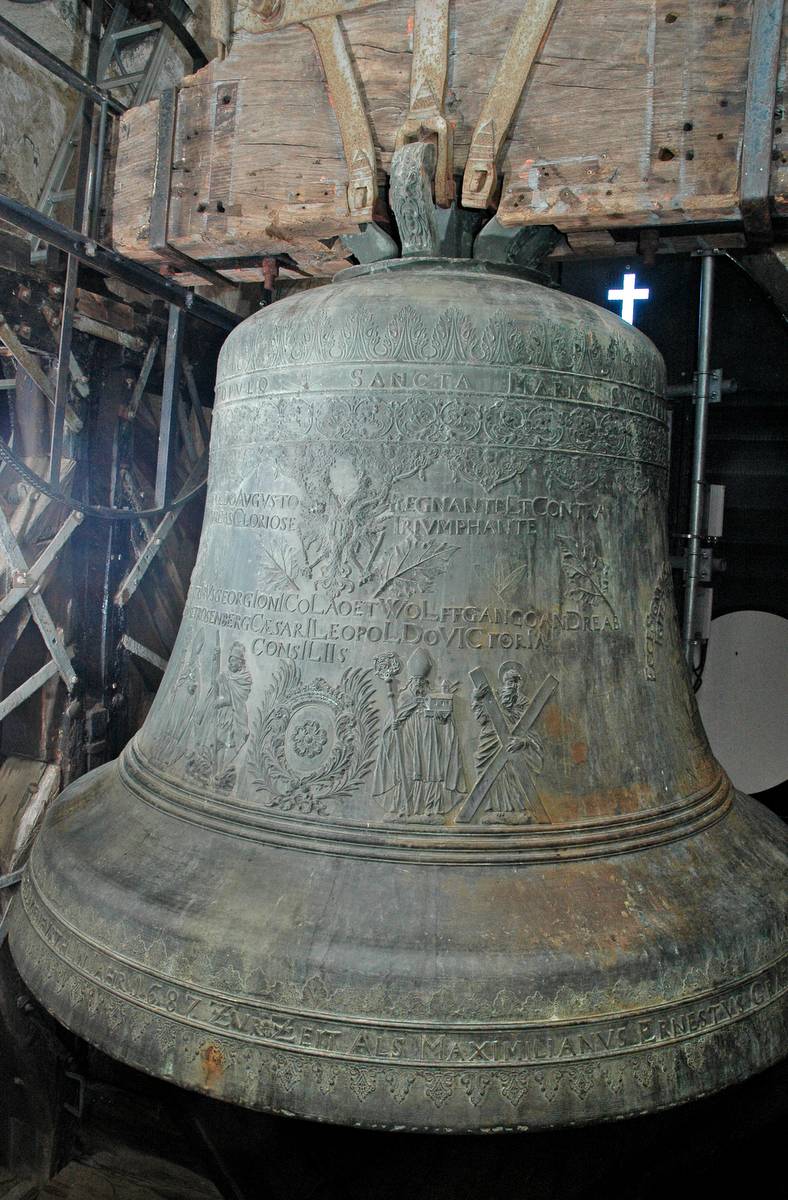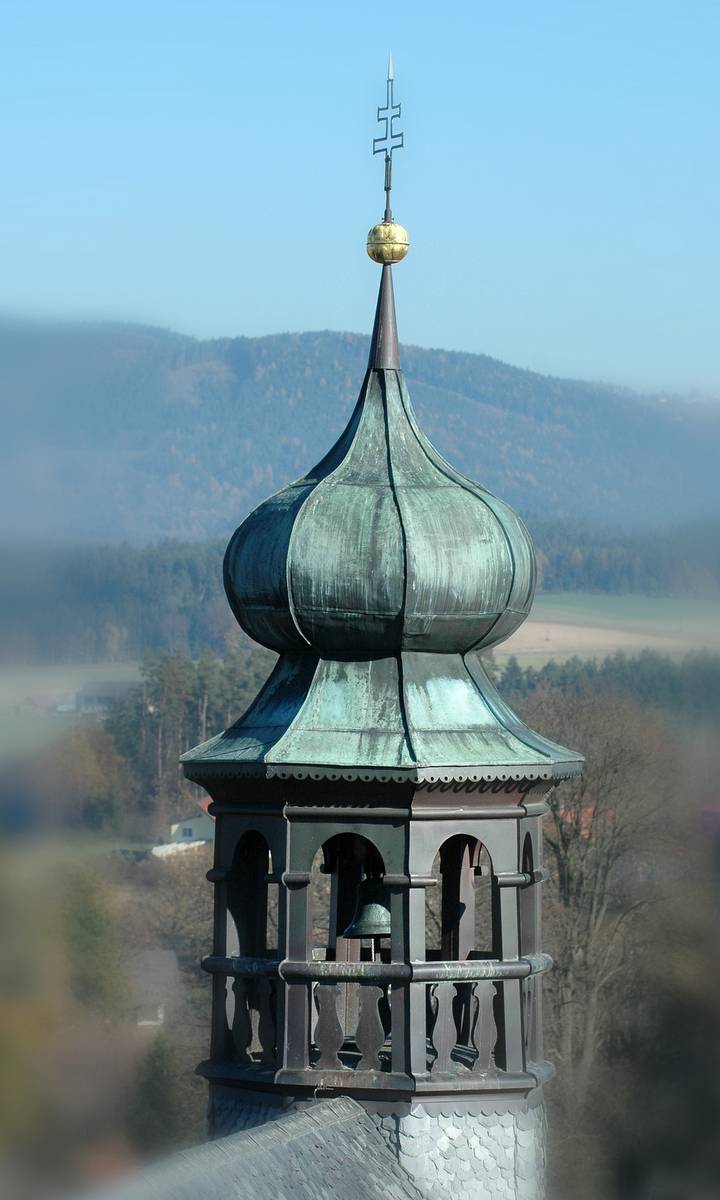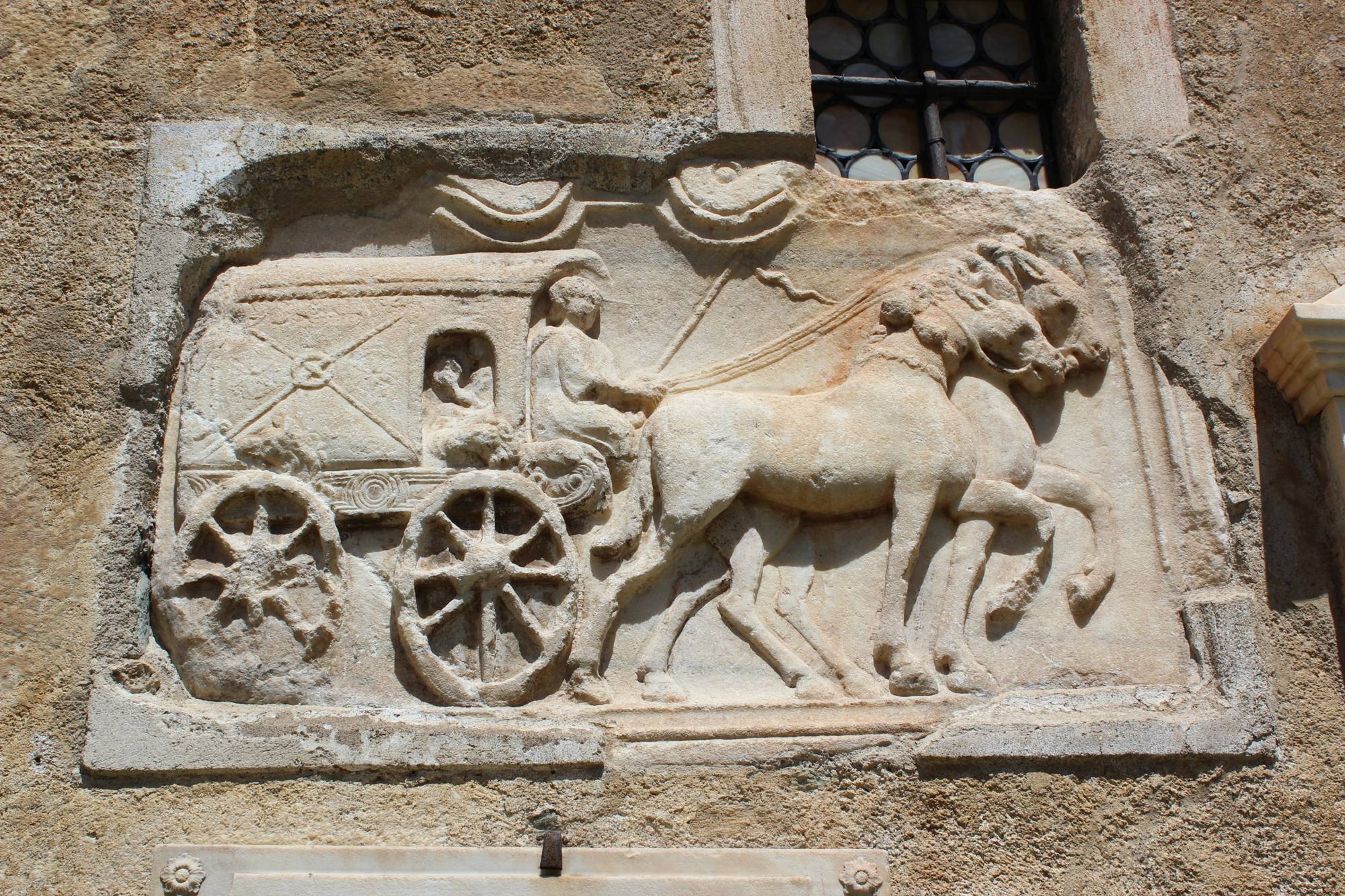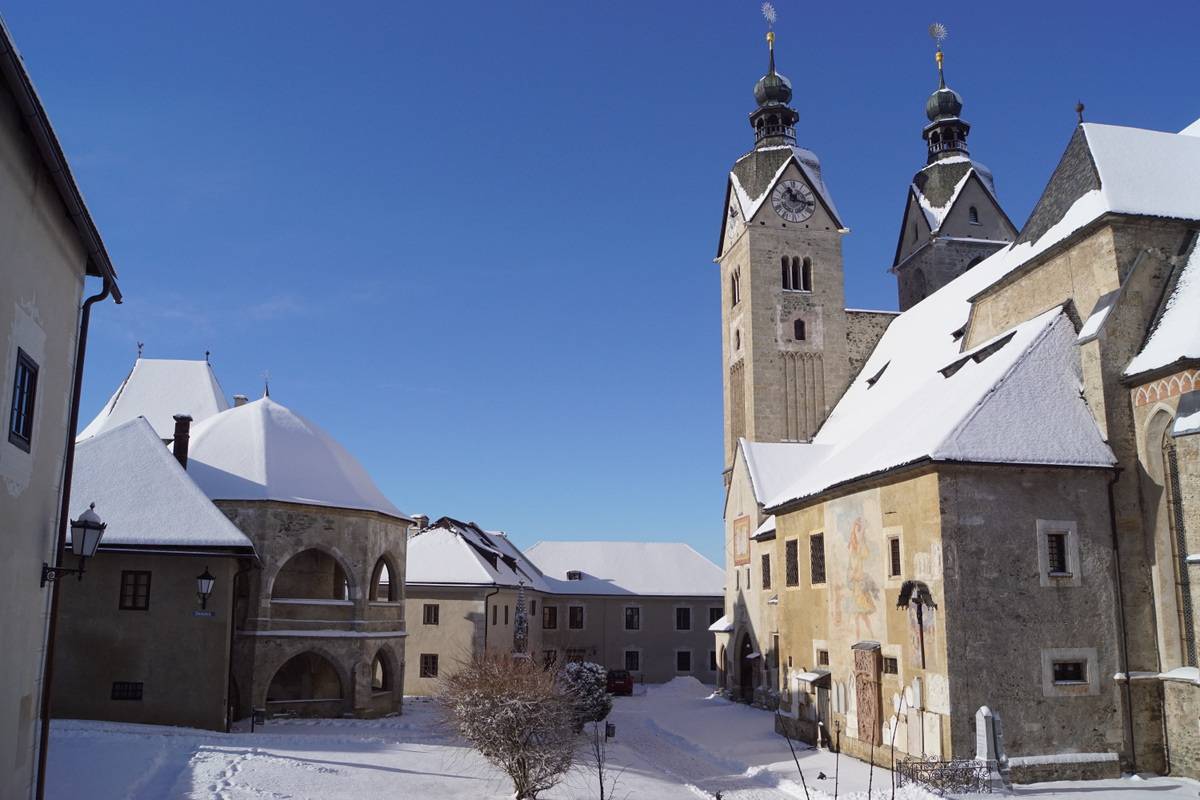Maria Saal Cathedral
The abbey church of Maria Saal is a pilgrimage destination, closely associated with the Christianization of Carinthia since the 8th century.
Together with Karnburg, it was one of the earliest churches founded in Carinthia. It acquired its late-Gothic form in the early to mid-15th century, when it was rebuilt, along with the surrounding abbey buildings, into a fortress church, later providing the local populace with protection from Turkish incursions.
During renovations after a devastating fire in 1669 the church acquired its current appearance. At the same time, the “Maria Saalerin”, which is Carinthia's biggest church bell, was cast for the north tower and consecrated in 1688.
© R.Brachmaier, Maria Saal

... also known as Our Lady of Saal 'Maria Saalerin' or 'Carinthia's Pummerin'.
The bell has a diameter of 222 cm and weighs 6,600 kg; it was cast by Matthias Landsmann in Klagenfurt in the year 1678. The inscription on the bell reads:
“We seek refuge under your protection, Theotokos, Mother of God. Give way, you hostile powers! Holy Mary, assist the poor, help the fainthearted, comfort the crying and pray for the people. Behold the symbol of the Holy Cross.”

© Wallner
5 bells from 390 to 2000 kg in the south tower:
- the 'Modestus bell' or 'voting bell', also known as the evening bell.
- the 'Anniversary bell' cast on the occasion of the 1200th anniversary of the parish and Maria Saal cathedral chapter
- the 'Trinity bell' also known as the noon bell
- the 'Hemma bell' – named in honour of Saint Hemma, the patron saint of Carinthia – 900 years of Gurk diocese
- the 'Stephanus' or 'Christophorus bell' rings for cars and tractors, for drivers and for vehicles
- the funeral bell/death knell is in the main choir tower/ridge turret

There is a relief slab on the outer facade of the Cathedral showing a journey to the next world taken from a funerary monument of ancient Virunum. A Roman coach pulled by two horses is carved in impressive detail. The chassis and bridle are chiselled with a loving care for accuracy. We can peek into the chariot through a side window and see a female passenger holding what appears to be a mirror or a rattle. The coachman wears a coat with a hood, typical of the Genius Cucullatus, a protective spirit. Similar gravestones are known from Etruscan and Roman culture; this relief is a symbol for the journey of the deceased or his/her soul to the other world.
